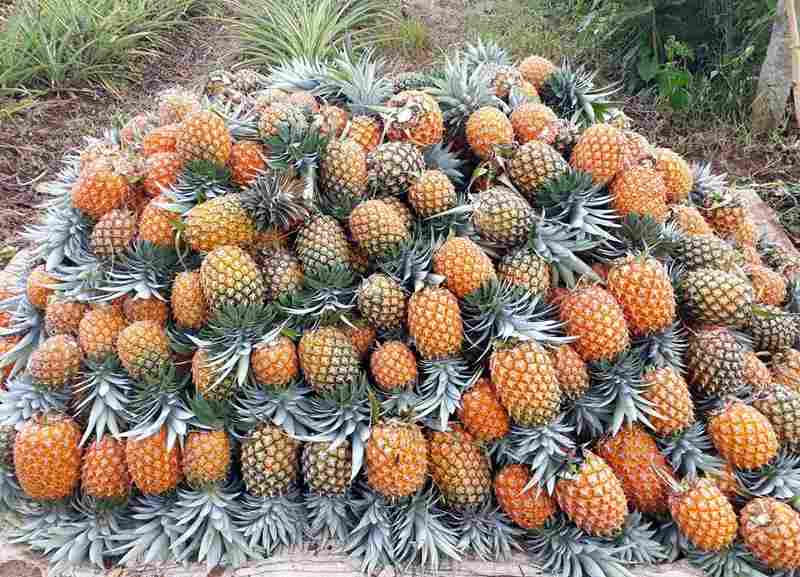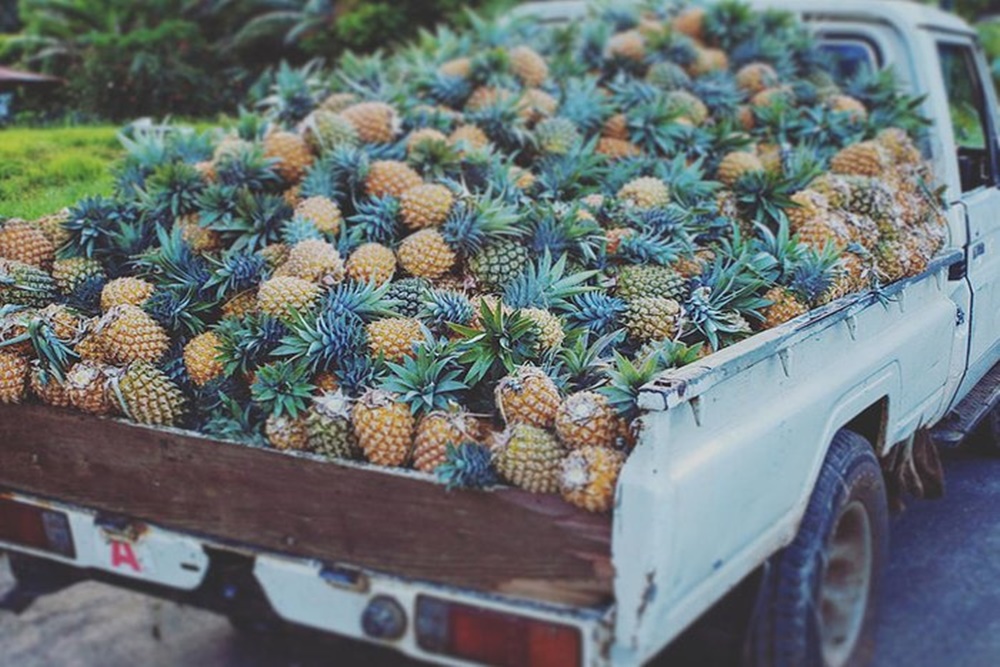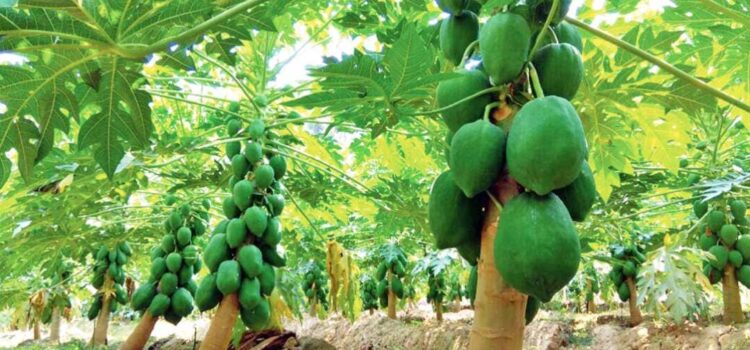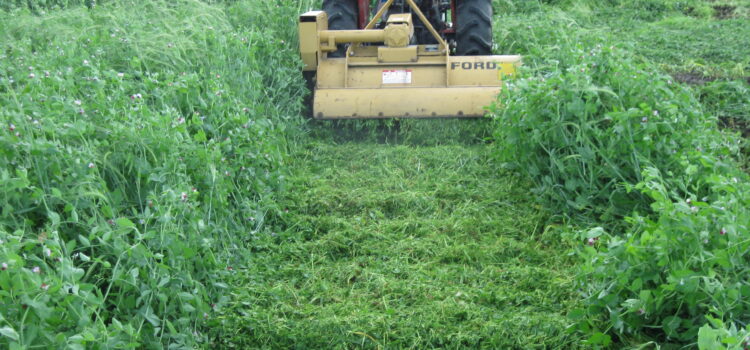How to Cultivate Aloe Vera & Generate Higher Income
Aloe vera is a succulent plant species that belongs to the genus Aloe. It is native to the Arabian Peninsula but is now cultivated worldwide for its various medicinal and agricultural uses. Aloe vera has thick, fleshy leaves that contain a gel-like substance in the inner part of the leaf. The gel of aloe vera has been used for centuries for its potential health benefits. It is commonly known for its soothing and cooling properties, making it a popular ingredient in skincare products, such as lotions, creams, and ointments. Aloe vera gel is believed to help moisturize the skin, alleviate sunburn, reduce inflammation, and promote wound healing.
In addition to its topical applications, aloe vera can also be consumed internally. Aloe vera juice, derived from the gel, is available as a dietary supplement and is believed to have potential digestive benefits. However, it’s important to note that the internal use of aloe vera should be done with caution, as high doses or prolonged use may have adverse effects. Overall, aloe vera is valued for its potential medicinal properties and is widely used in both topical and internal applications. It’s always recommended to consult a healthcare professional or a trusted source for specific guidance on its use.
Aloe vera cultivation
Aloe vera cultivation is commonly practiced in various regions around the world, both for commercial purposes and personal use. Here are some key points regarding aloe vera cultivation:
- Climate:
Aloe vera thrives in warm and dry climates. It prefers temperatures between 55°F (13°C) and 80°F (27°C) and is tolerant of drought conditions. Freezing temperatures can harm the plant, so frost-free regions are ideal.
2. Soil:
A well-draining soil is crucial for aloe vera cultivation. Sandy or loamy soils with good drainage are preferred. The pH level of the soil should be slightly acidic to mildly alkaline, ranging from 6.0 to 8.5.
3. Propagation:
Aloe vera can be propagated through offsets, which are the smaller plantlets that develop around the base of mature plants. These offsets can be carefully separated and replanted. Aloe vera can also be propagated through leaf cuttings, although this method is less common.
4. Planting:
When planting aloe vera, ensure that the soil is prepared with good drainage. Dig a hole slightly larger than the root ball and place the plant in the hole, covering the roots with soil. Space the plants about 12 to 18 inches apart to allow for their growth.
5. Watering:
Aloe vera is a drought-tolerant plant and does not require frequent watering. Overwatering can lead to root rot. Allow the soil to dry out between waterings and provide water only when the top few inches of soil are dry.
6. Sunlight:
Aloe vera requires ample sunlight to grow well. It thrives in full sun but can tolerate partial shade.
7. Maintenance:
Aloe vera plants are generally low-maintenance. Remove any dead or withered leaves regularly. Fertilization is not necessary, but a balanced, diluted fertilizer can be applied sparingly during the growing season.
8. Harvesting:
Leaves can be harvested from mature aloe vera plants when they reach a suitable size. Cut the leaves close to the base of the plant, leaving the lower leaves intact for continued growth.
It’s important to note that specific cultivation practices may vary depending on the location and growing conditions. Consulting local gardening resources or experts can provide more precise guidance tailored to your specific region.
Importance of Aloe vera
Aloe vera possesses various properties that make it a valuable plant with numerous potential benefits. Here are some of the key properties associated with aloe vera:
- Moisturizing:
Aloe vera gel is highly moisturizing and can help hydrate the skin. It is commonly used in skincare products to provide soothing and moisturizing effects.
- Aloe Vera Juice for Weight Loss
An unhealthy gut is not helpful for those who want to lose weight. Aloe vera can act as a digestive aid to assist in healthy digestion, metabolism, and excretion. The laxative properties of aloe vera ensure thorough digestion and reduce water retention. Aloe vera can help with both metabolic processes. The B-vitamins and enzymes in aloe vera make it excellent at burning fat. A study suggests that aloe vera juice can assist in reducing obesity. When actively losing weight, your body naturally goes into detox mode. In addition, aloe vera contains a complex carbohydrate called acemannan, which helps in the detoxifying process. So, along with its laxative properties, detoxification is a great reason to consume aloe vera juice while detoxing.
3. Anti-inflammatory:
Aloe vera contains compounds that exhibit anti-inflammatory properties. When applied topically, it may help reduce inflammation and redness, making it useful for soothing skin conditions such as sunburn, eczema, and psoriasis.
4. Wound healing:
Aloe vera has been traditionally used for its wound-healing properties. It may help promote the healing process by reducing inflammation, stimulating cell growth, and improving collagen synthesis. This makes it beneficial for minor cuts, burns, and abrasions.
5. Antioxidant:
Aloe vera contains antioxidants, such as vitamins C and E, as well as various polyphenols. These compounds help neutralize harmful free radicals in the body, potentially reducing oxidative stress and supporting overall skin health.
6. Antibacterial and antifungal:
Aloe vera has natural antimicrobial properties, which may help fight against certain bacteria and fungi. It has been used topically to treat minor skin infections and prevent their spread.
7. Pain relief:
Aloe vera has mild analgesic (pain-relieving) properties. When applied topically, it may help alleviate pain associated with sunburns, minor burns, and skin irritations.
8. Digestive support:
Aloe vera gel, when consumed internally, has been traditionally used to support digestive health. It may help soothe gastrointestinal discomfort, promote regular bowel movements, and aid in digestion. Aloe vera helps in breaking down the sugar and fat in our bodies. It controls acid production in the stomach and keeps our intestines healthy. In addition, it promotes the growth of good bacteria in our gut. If you have any digestive issues, regularly include aloe vera juice in your diet. Aloe vera has also been proven effective in curing irritable bowel syndrome. It helps in digestion and helps prevent and cure digestive-related issues.
9. Immune support:
Some studies suggest that aloe vera may have immunomodulatory effects, meaning it can help regulate and support the immune system. This property may contribute to its overall health benefits. It’s important to note that while aloe vera has a long history of traditional use and anecdotal evidence supporting its properties, scientific research is ongoing to fully understand its mechanisms of action and potential benefits. As with any natural remedy, it’s advisable to consult with a healthcare professional before using aloe vera for specific medical purposes.
Aloe vera rich in nutrients
- Vitamin C, A, and E
- Beta-carotene
- Folic acid
- Calcium
- Magnesium
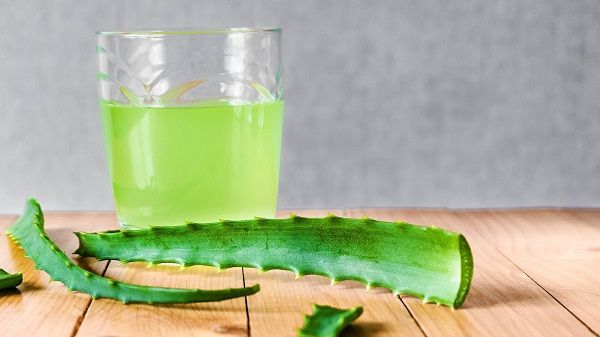
Sales and Marketing of Aloe Vera Leaves
The sales and marketing of aloe vera leaves can be approached in several ways. Here are some strategies that can be utilized:
- Market Demond of Aloe Vera Leaves:
Determine the target markets for aloe vera leaves, such as cosmetic manufacturers, herbal supplement companies, health food stores, or individuals interested in making homemade products. Understanding the specific needs and preferences of these markets will help tailor marketing efforts accordingly. Aloe vera is among the few medicinal plants having both medicinal and cosmetic uses and thus, has an extensive market across the globe. The major markets for aloe and its extracts are Australia, USA and the entire Europe. Indian aloe vera market stood at $ 23.72 million in 2017 and is projected to grow at a CAGR of over 10.02%, in value terms, during 2018-2023, to reach $ 38.68 million by 2023. Rising number of health-conscious consumers, rapidly growing middle class with increasing disposable income, elevating hygiene standards and expanding working population due to which the consumers are compelled to make a steady shift to natural products, are aiding Indian aloe vera juice market. Moreover, increasing disposable income along with changing lifestyle and awareness regarding the consumption of a balanced and healthy diet to reduce life style diseases are some of the other factors expected to propel demand for aloe vera juice over the next five years.
2. Some of the following companies Purchase Aloe Vera Leaves
- Patanjali Ayurved Ltd.
- Vitromed Health Care
- Rattan Organic Foods Pvt. Ltd.
- Shree Baidyanath Ayurved Bhawan Pvt. Ltd.
- Bright Lifecare Pvt. Ltd.
- Axiom Ayurveda
- Botanica India
- Kapiva Ayurved
- Nourish Vitals
- Kama Ayurveda etc.
3. Building relationships with buyers:
Establish connections with potential buyers, such as wholesalers, distributors, or retailers. Attend trade shows, industry events, or networking gatherings to meet potential buyers and showcase the quality of your aloe vera leaves.
4. Packaging and branding:
Develop attractive and informative packaging for the aloe vera leaves. Highlight their freshness, quality, and potential benefits. Consider incorporating certifications or labels indicating organic or sustainable practices, if applicable. Strong branding helps differentiate your product in a competitive market.
5. Online presence:
Create a professional website or online store to showcase and sell aloe vera leaves. Optimize the website for search engines to improve visibility. Utilize social media platforms to reach potential customers, share educational content, and engage with the target audience.
6. Product demonstrations and samples:
Offer product demonstrations or samples to potential buyers or end consumers. This allows them to experience the quality and benefits of your aloe vera leaves firsthand, potentially leading to increased sales.
7. Collaborations and partnerships:
Explore collaborations with complementary businesses, such as cosmetic manufacturers or health and wellness influencers. Co-marketing or cross-promotion can help expand the reach of your aloe vera leaves and tap into new customer bases.
8. Educational content:
Create informative content that highlights the benefits and uses of aloe vera leaves. This can include blog posts, videos, or downloadable guides. Position yourself as a knowledgeable resource in the industry, which can help build trust and credibility with potential customers.
9. Customer reviews and testimonials:
Encourage satisfied customers to provide reviews or testimonials about your aloe vera leaves. Positive feedback can influence potential buyers and increase their confidence in your product.
10. Quality assurance:
Emphasize the quality and purity of your aloe vera leaves through appropriate certifications, rigorous testing, and adherence to industry standards. This helps build trust and reassurance among buyers.
11. Continuous market research:
Stay updated on market trends, customer preferences, and competitors’ activities. Adapt your sales and marketing strategies accordingly to remain competitive and meet evolving customer demands. Remember to comply with relevant regulations, such as labeling requirements and any local or international standards for the cultivation and sale of aloe vera leaves. It’s also essential to maintain high-quality standards throughout the entire supply chain to ensure customer satisfaction and repeat business.




